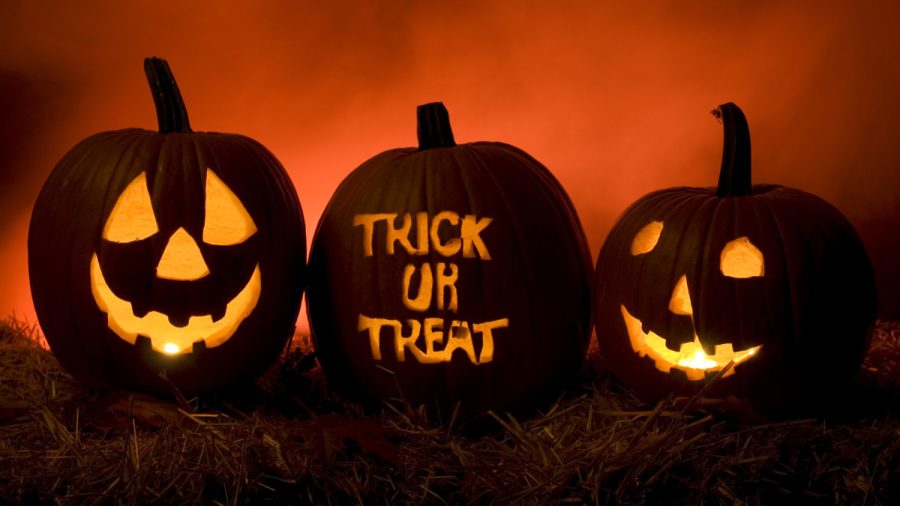Origins of Halloween
November 3, 2022
Halloween, a holiday celebrated every year on the 31st of October, traces back to the ancient Celtic festival of Samhain, which was a day they believed the souls of the dead returned to their homes. The Celts, who lived in parts of present day Ireland and the United Kingdom 2,000 years ago, celebrated their new year on November 1st. This marked the end of their harvest and summer and the beginning of winter. They believed that on the night before New Years, the spirits of the dead would cross back over from the world of the dead, so on October 31stthey would celebrate to ward off the ghosts.
To celebrate, the Celts would light a community fire. They would sacrifice cattle and crops to the Celtic deities. Then, the participants would each take a flame from the fire to bring back to their homes and relight their hearth. During these festivities, the Celts wore costumes, which were usually made of animal heads and skins. People would also put ash from the fire on their faces to darken themselves to not draw attention from spirits. This tradition later turned into people wearing masks. The Celts believed that the presence of spirits made it easier for the druids to predict the future, so people would tell each other’s fortunes.
As time passed, the Celtic holiday began to change as a result of Christian influence. In the 5th century, Pope Boniface IV moved the celebration to May 15th and made it a day to honor saints and martyrs. Even though it wasn’t in the fall anymore, people continued to burn fires in the October and November months. Later, he moved the celebration from May 15th back to November 1st and named it All Saints Day. It was also called All-hallows or All-hallowmas. The next day, November 2nd, was All Souls Day, which honored the dead. All Souls Day was celebrated like Samhain. They would light large bonfires, have parades, and dress up in costumes. The night before All Saints Day, which was the date of the original Celtic festival Samhain, began to be called All-hallows Eve and eventually Halloween.
Halloween adapted into what it is today as it came to America. Halloween was more commonly celebrated in Maryland and Southern colonies because protestant belief systems in other colonies didn’t allow them to celebrate it. As different European cultures and Native American influence meshed, a different sort of Halloween celebration emerged. People began to have “play parties” where community members would come together to celebrate the harvest. They would dance, sing, tell each other stories about the dead, tell each other’s fortunes, and share ghost stories. They also began to dress up and go door to door for candy, which is now known as trick-or-treating. Autumn celebrations became common by the middle of the 19th century but not widespread like they did in the second half of the 19th century. Many Irish immigrants came to America, which helped popularize Halloween. Today, it is widely celebrated in the United States where 70% of the population participates.






